Printing children’s books is a unique challenge.
Not only do you want the book to be of high quality, but you also want it to contain vivid and engaging illustrations, strong binding, and the right print finishes for your target readers.
This guide will cover all the essential steps of printing a children’s book, from the design process to choosing the right print and binding options – as well as how to get ISBN registration for your book.
Children’s Books Design Tips
Before you start printing a children’s book, it is important that you take the time to plan out your design properly.
This will ensure that your text and illustrations are printed in the best possible quality.
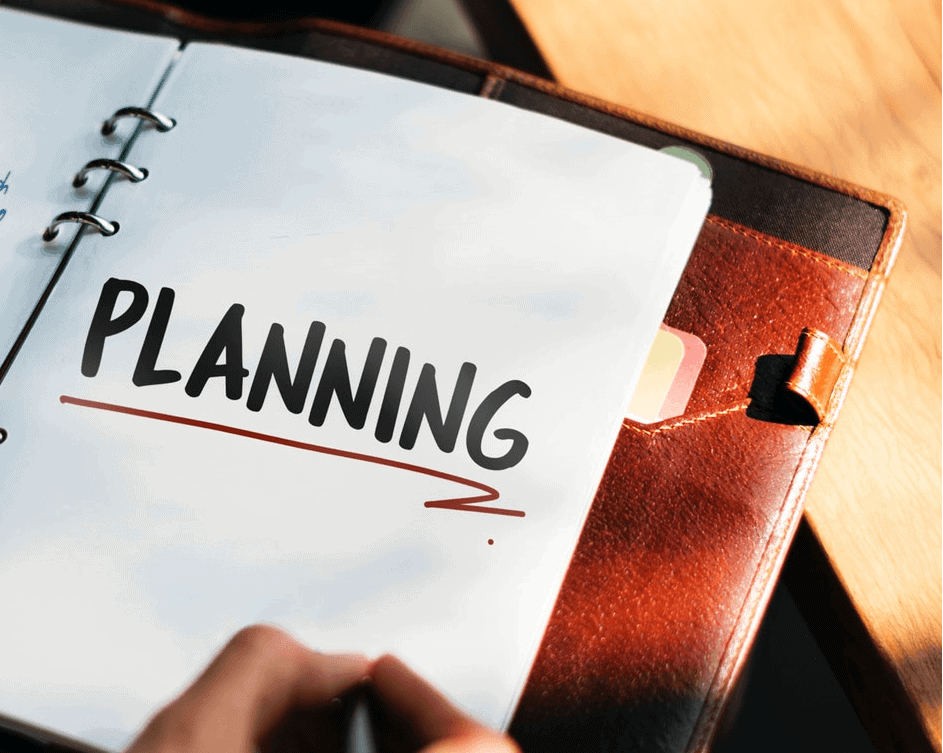
Cover Design :
The cover of your book should be eye-catching and colourful.
It should also reflect the tone, style, and content of the book. But Full Colour cover with beautiful illustrations is the first thing seen – so make it catchy!
If you are working with an illustrator or designer, make sure to clearly communicate what kind of look and feel you would like for your cover illustration.
Inside Design :
When designing the interior pages – where your text and illustrations will be printed – it is important to consider how much space you want to allocate for each page.
Most children’s books have a lot of illustrations, so make sure that there is enough room on the page for both images and text.
Using Australian Animals as Your Characters in your Children’s Books :
Using Australian animals to represent characters in your book is a great way to engage young readers. You could choose from kookaburras, koalas, echidnas and possums. But you can’t forget the Kangaroo !
The Australian Bush as a setting is also a great way to introduce children to the vast Australian landscape. Alternatively, think of other great landmarks or features of Australia – The Great Barrier Reef, Uluru (formerly known as Ayers Rock), the Sydney Opera House or the 12 Apostles.
Children gravitate towards the bright colours of Australia’s landscapes, and it is sure to bring life to your children’s book.
In addition, you could also use Australian plants and landscapes as a backdrop for your story. This will help to create an immersive environment that kids can easily relate to
.
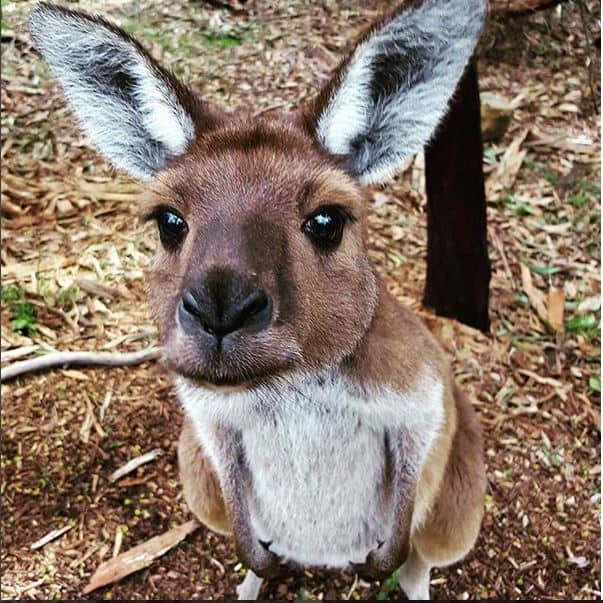
Font Choice and Size :
When it comes to font choice, you should try to select consistent fonts throughout the entire book. You should also make sure that they are legible and age-appropriate for your target audience.
Additionally, make sure that the size of your text is large enough for children – ideally, it should be no smaller than 8-10 points.
Anything smaller might be difficult for young readers to make out.
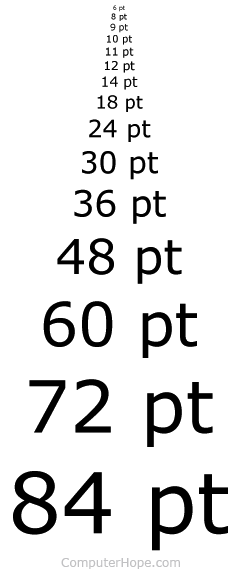
Color Scheme for Children’s Books :
You should also choose a colour scheme that is age-appropriate and inviting.
Bright, warm colours like magenta and turquoise can work well, as they appear friendly and inviting to children.
However, you could also opt for more subtle shades if you want something less overwhelming.

Avoid too much detail or complex patterns –
When it comes to printing children’s books, less is often more.
Too much detail or complicated patterns can be overwhelming and difficult for young readers to process.
Instead, use simple lines and shapes to create engaging illustrations that are easy for kids to understand.
Utilize bleed and crop marks – Bleed is the area of artwork that extends beyond the edge of the page. It ensures that your illustrations extend to the edge of each page, with no white margins.
Similarly, crop marks are used to indicate where a page should be trimmed down to its finished size. Both forms of design markups will help you achieve a professional look for your book.
Pre-Press
Once you have designed your children’s book, it is time to prepare the files for printing. This process is known as pre-press and involves checking that all of the text and illustrations are in the correct format before they can be printed.
Here are some essential steps you should take:
- Check image resolution – Make sure that all of the images you are using have a high enough resolution for printing. If they don’t, they may come out blurry or pixelated.
- Convert fonts to outlines – Embed your fonts in any vector art before exporting them as PDFs or other file formats. This will ensure that all of your text is preserved and printed properly.
- Submit files in CMYK – Printing children’s books typically requires using the CMYK colour model. This stands for cyan, magenta, yellow and black (or key) and is the most common way to print artwork for commercial purposes.

The Print Process – how Children’s Books are Printed
Once your pre-press work is complete, it’s time to start the printing process.
Printing children’s books requires specialised printing services that are designed to produce high-quality, durable results. Here is an overview of the steps involved in the print process:
- Printer setup – The printer will need to be set up for your book with the correct paper type, colour profile and other settings before it can begin.
- Print test copies – The printer will usually print a few test copies of your book to make sure that the colours are accurate and the layout looks correct.
- Print final copies – Once everything has been approved, the printer can start printing the final copies of your children’s book.
Digital Book Printing
If you’re looking for a faster, more cost-effective printing option for your children’s book, digital printing may be the answer.
Digital book printing generally produces lower-quality results than offset printing but can complete a print job in much less time.
It is also great for short runs since there are no minimum orders required.
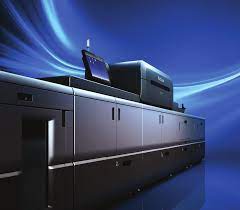
Offset Book Printing
Offset book printing is a more traditional form of printing that uses plates, rollers and ink to create high-quality images.
This type of printing requires larger print runs but produces better results than digital printing.
Offset printing is often used for higher-end children’s books that need to last for many years.

Binding Options for your Children’s Books
Once your book is printed, it needs to be bound. There are several different binding options available for children’s books – from saddle stitch and perfect binding to hardcover and casebound.
The best option for you will depend on the type of book you’re printing, as well as your budget.
Here are some tips to keep in mind when considering binding options for your children’s book.
- Hardcover books offer the highest level of durability and are typically expected in picture books or other higher-end children’s books.
- Perfect binding is a popular choice for many children’s books due to its affordability. Make sure you opt for PUR Perfect Binding !
- Saddle stitch makes it easy to add blank pages for activities, colouring pages and more. Saddle Stitching is the most cost-effective choice for Book Binding
- Wire binding can be used to create hardback books with a wire spine, giving them a unique look
Freight/Distribution
You’ll also need to think about how you are going to ship your books once they have been bound.
Many printers will offer shipping and freight services that can help you get your books where they need to go.
It’s important to consider your shipping costs and deadlines when printing books, as this can have a big impact on your bottom line.
Remember the basic rule – the heavier they are, and the further they have to go – the more it costs!
How to Get ISBN Registration
Once your children’s book is printed, bound and ready to ship, you’ll need to get an International Standard Book Number (ISBN) for it.
An ISBN is a unique number that identifies your book so that it can be easily identified in bookstores and online.
Getting an ISBN is easy – all you need to do is register with a book registry such as Thorpe-Bowker or Nielsen.
The registration fee varies depending on the type of book registry you choose, but it’s typically around $44AUD per title. Once you’ve registered, your ISBN will be sent to you within 2-3 weeks.
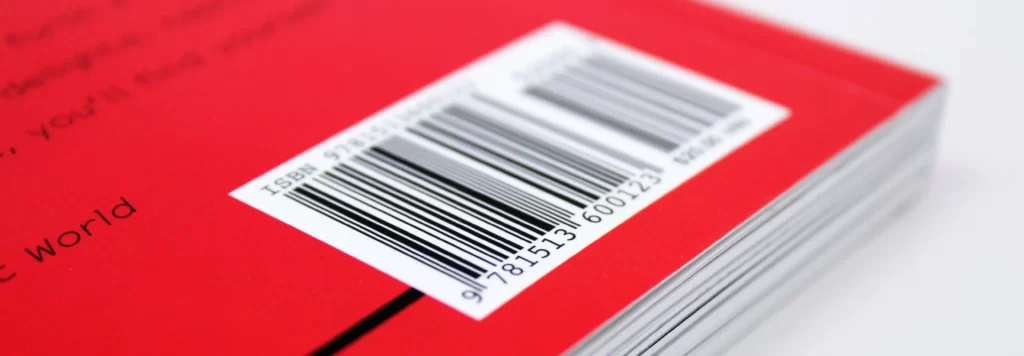
Maximizing Your Investment
When printing children’s books, it’s important to consider the cost of each element involved.
Every element from design to paper type and binding method will have an impact on your bottom line. It’s important to get quotes from multiple printers so that you can compare costs and find the most cost-effective option.
It’s also important to consider the long-term return on investment. If you want your book to be successful, then it’s often worth spending a little extra money to make sure the design is top-notch and the printing quality is excellent.
Finally, don’t forget that shipping costs can quickly add up – especially if you’re shipping overseas. To save money, it’s best to look for printers that offer discounted shipping rates or free shipping.
By taking the time to consider all of these elements, you can ensure that your children’s book is a success and maximize your return on investment.
Go For It !
Creating and printing children’s books is a fun and creative process.
But there are also a lot of elements that need to be considered, from design and pre-press to printing, binding and freight.
By taking the time to get quotes from multiple printers, consider the cost of each element involved and maximize your return on investment, you can ensure that your book is a success.
Finally, don’t forget to register for an ISBN number – it’s essential for getting your book listed on major retailers!
Good luck and happy printing!








